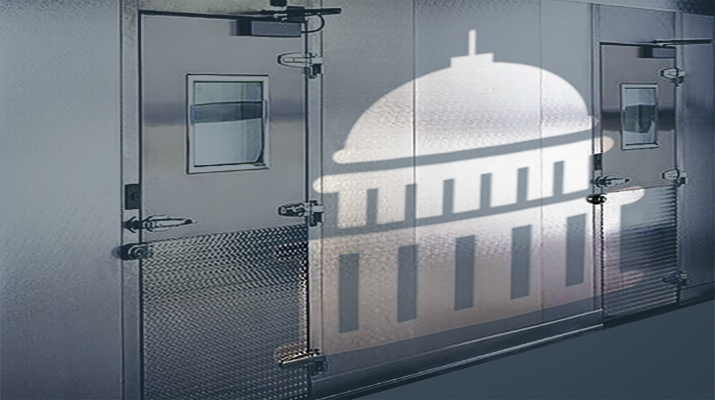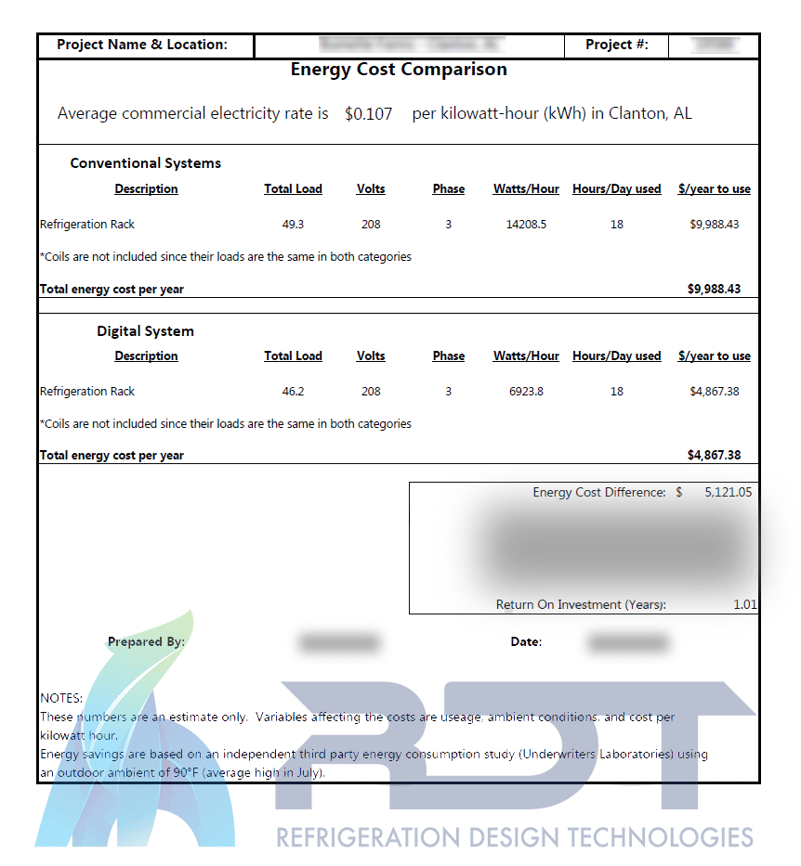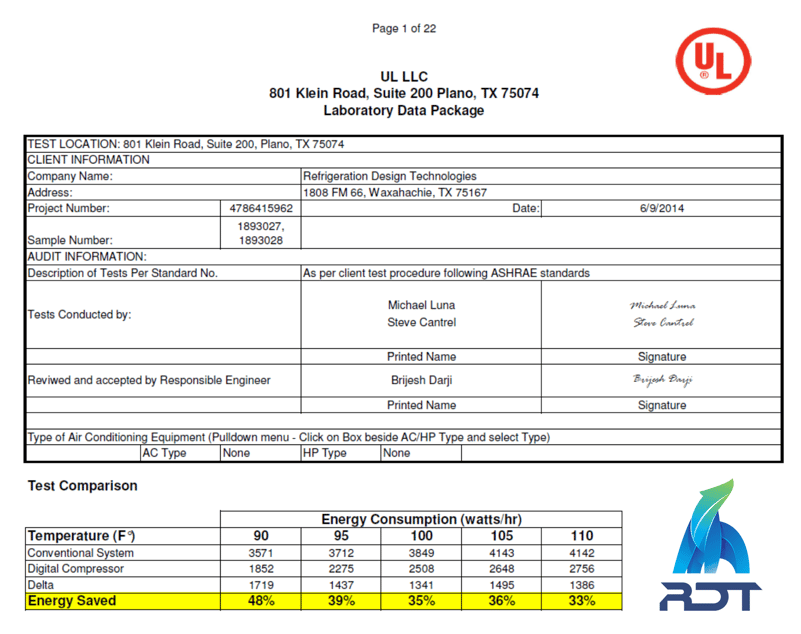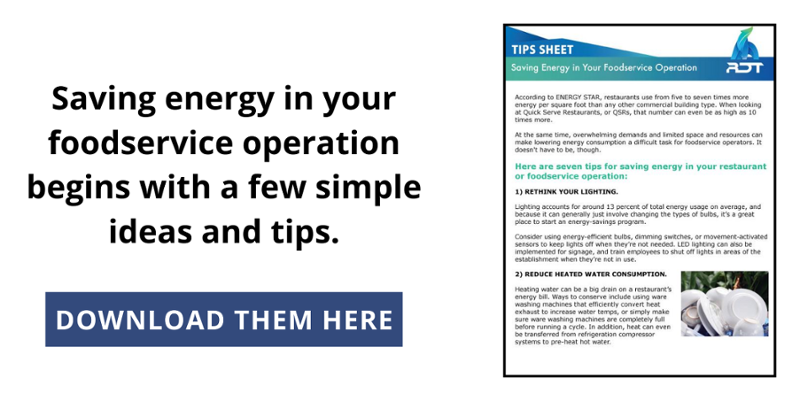A Quick Look at Commercial Refrigeration and Changing Environmental Regulations

The Department of Energy and other organizations have new sets of standards for walk-in coolers and freezers. These changing energy regulations are impacting commercial refrigeration choices across the foodservice industry, so we'd like to take a few minutes to walk you through what they are and how they will impact your operation.
For starters, it's important to know some of the language being used. Take the Annual Walk-In Energy Factor, or AWEF, for example. The AWEF is a way to measure a walk-in's cooling capacity output by dividing it by electrical energy input in order to achieve annual evaluations.
The goal is to impose minimum efficiency standards that result in systems that move more heat using less energy. The way to achieve those goals are with configurations and components that use less energy through better designs. Mainly, those components are compressors, fan motors and defrost heaters.

As detailed above, compliance will be required by 2020 for both medium and low temperature condensing units, and this puts the burden of responsibility on a whole range of participants. From operators selecting equipment for their operations to parties who select non-compliant equipment to the manufacturers themselves, we will all play a role in making sure we're up-to-date on new standards.
What about SNAP?
Some may have heard about the EPA's Significant New Alternatives Policy, or SNAP. SNAP Rules 20 and 21 have been vacated, but that doesn't mean those standards will not live on in other forms. For example, some of these benchmarks are being used at the state level instead.
CARB is the California Air Resources Board, and they are taking up many of these standards on their own. Goals of the CARB initiatives are to reduce hydrofluorocarbons by 40 percent when comparing numbers in 2013 to those projected goals in 2030, and manufacturers like RDT are taking these ideas into consideration.
Consider Global Warming Potential (GWP) refrigerant. CARB is proposing no high GWP refrigerant usage including R-407A and R-404A starting on January 1, 2019 for stand-alone systems, which includes remote condensing units. At RDT, we've used R-448A since late last year in anticipation of changing regulations.


As you can see, RDT is committed to reducing the Global Warming Potential of our commercial refrigeration systems. We're also dedicated to initiatives to help our operators use less energy.




